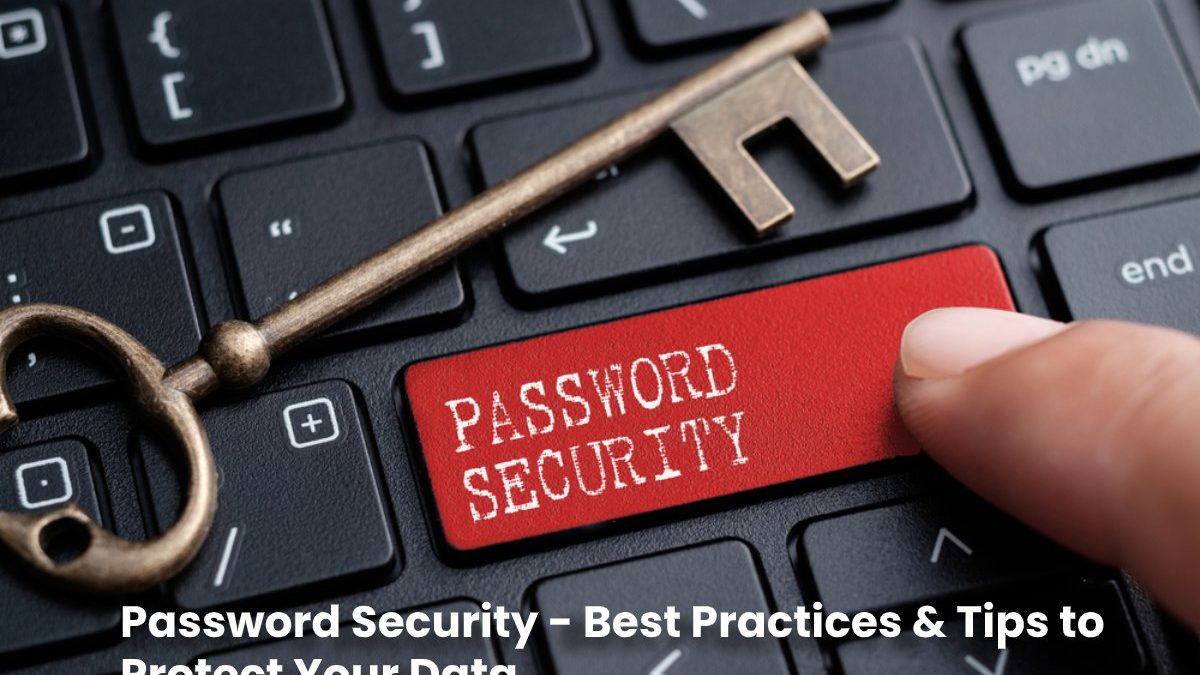Password Security: Facebook pages and various social networks, LinkedIn accounts, virtual marketplaces, email boxes, cloud storage – these days we keep vast amounts of personal information online. But do we actually realize how easily can it be compromised once access to it is gained by a malicious actor?
Let’s imagine this with numbers: according to the University of Maryland cybersecurity report, hackers attack every 39 seconds — 2,244 times a day on average; only 5% of companies’ folders are properly protected, says Varonis; lastly, the average cost of a data breach is $3.92 million as of 2019, shows Security Intelligence’s latest investigation.
All these numbers lay stress on one simple thing: we’ve been on the internet for almost 35 years. And yet we haven’t learned our lesson about online security which primarily concerns our passwords.
So, what it takes to safeguard our vital data from unauthorized access? Below, you can find the list of best practices of password security — and use them to create a password as strong and safe as possible.
Table of Contents
#1. Size Does Matter
Trying to get into your account, hackers use multiple methods. But since typing in letters, numbers and symbols manually might take years, the technique much more advanced is used instead. Known as a “brute force attack”, it applies a program that runs through every possible combination of characters as fast as possible in order to crack your password. The longer and more complex your password is, the longer the process takes. 10 characters is a minimum.
#2. No Personal Information
Names of your pets or family members, address or phone number, birthday dates. Avoid using any information that is easy to reach when creating a password. These will be the first options that an intruder will try to test.
Real words should also be excluded. There are effective password cracking tools that are intended to process every word in the dictionary — until a match is found. Decrease their chances to hijack your account by replacing letters in words with special characters (“&”, “$”, etc).
#3. Let It Be A Nonsense Phrase
A long password is good; the one that includes random phrases is better. Make it much harder for a hacker to crack your password — let it be grammatically incorrect. And doesn’t contain well-know expressions or pieces in published literature.
Also, according to the Keeper’s security study, the most commonly used passwords are memorable things like “password” and “123456.” Do not repeat that mistake: using numbers in order, or characters that are sequential on a keyboard highly increases the chance of your account to be hijacked.
#4. New Account — New Password
With large-scale break-ins being completed, the lists of compromised email addresses and passwords leaked online on a regular basis. If your account was hacked, all of the other accounts where you use the same email and password combination may be accessed. Using unique passwords for everything is thus necessary.
If you get bored with making them up, there are password generators, like Norton Identity Safe, that will help to safeguard your account with a unique and strong combination.
#5. Password Managers
Writing down your account details, as well as hiding them under your keyboard or pinning nearby the monitor, is a surely bad idea: stories about hackers getting them by rummaging through trash, are absolutely real.
One way to store passwords securely is to use a password manager. Those are services that are designed to keep your list of usernames and passwords in an encrypted, centralized form, which can be accessed with a master password.
#6. Two-Factor Authentication
Finally, one of the most common — and most reliable — way to protect your data is two-factor authentication (2FA). It is another protection puzzle that will provide you with an extra layer of security by requiring additional information that only you may access or know. The last advice if obvious: enable it wherever it’s available, and receive instant email/phone notifications to prevent the intruders from getting into your accounts without being noticed.
Summarizing
None of these methods are 100% foolproof as both — cybersecurity and cybercrime — develop equally fast. But used all together, they will serve as good ol’ shield that keeps your sensitive information from leaking out. And if you ever run into any problems, such as data loss by cracking a password, SALVAGEDATA can help. Using the latest tools and software, our experts know how to restore access to the data that you have stolen.

